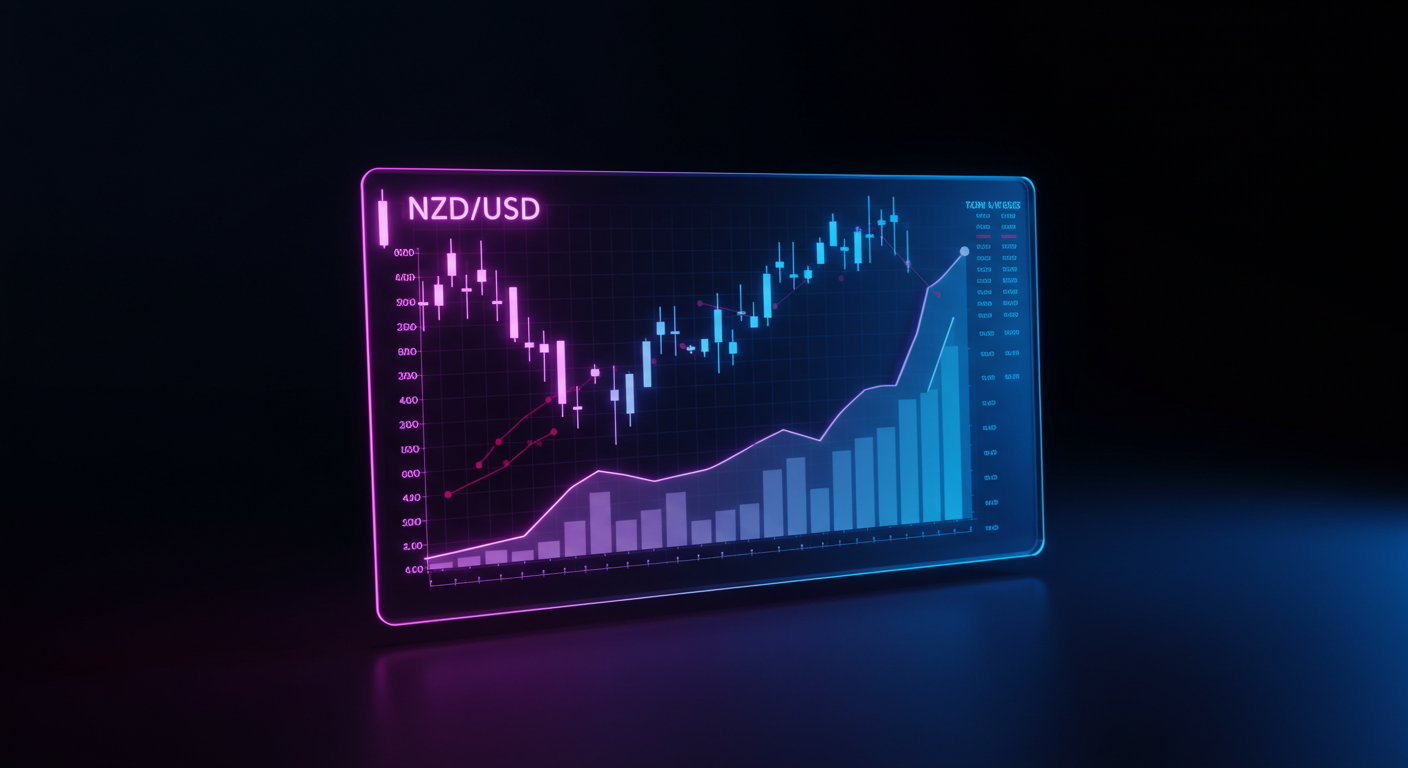
Resistance and Support Levels
Surpassing this resistance could lead to further gains, with the high from April at 0.60281 as the next target. If it climbs above 0.60281, the next milestone is 0.6037, a level not reached since November. This is near the 61.8% retracement from the 2024 high to the 2025 low.
The current bias is upwards as long as the price remains above the 200-hour moving average. However, moving below this average could shift focus to potential declines.
Key levels to watch include the 0.6000 resistance zone, 0.6028 high for 2025, and 0.6036-0.6037. Support is at the 200-hour moving average at 0.5951 and the 100-hour moving average at 0.5939.
The initial portion of the article outlines a short-term upward movement in NZDUSD, anchored by technical levels that tend to influence trading behaviour. What we’re seeing is a bounce off the 100-hour moving average near 0.5938, a level that has behaved like a springboard for buying interest. That bounce wasn’t simply a pause—it brought in fresh demand, which helped pull the price above the 200-hour moving average, situated at 0.59515. That cross above the longer-term average has historical weight: every time the price sustains above this average, buyers begin to defend their positions with more confidence.
Market Sentiment and Strategies
As we move further into the week, attention turns to the ceiling at 0.6000. That area has acted like a reinforced lid, capping progress several times recently. It’s a zone that, if broken, may lead to a broader shift in sentiment. Traders with positions aligned with the underlying direction should keep close tabs on whether momentum is building on attempts to pierce this level rather than faltering just below it.
After 0.6000, the next goal looks to be the peak reached in April, around 0.60281. It’s not just an arbitrary number—it marks the highest level seen in months and could be psychologically influential if breached. Beyond that, 0.6037 roughly matches the 61.8% Fibonacci retracement from the yearly high-to-low range, which places it in a technical position where some traders may start locking in gains. This level hasn’t been tested since November, which adds weight to its potential as a magnet for price.
The continued upward tone in NZDUSD hinges on whether the price holds above the 200-hour moving average. That average, positioned near 0.5951, now acts as a buffer—if price returns below this zone, sentiment should be reassessed. Derivative holders may need to consider reducing exposure or at least hedging in that scenario, particularly if it aligns with softening macro inputs.
On the other hand, if the zone around 0.6000 gives way and closes start registering above that point, positioning for a move toward the upper targets—namely 0.6028 and 0.6037—becomes justified. Cold, mechanical entry criteria should include observing price action around those clear thresholds, not simply chasing moves in progress. We find that premature long positions often unwind painfully when entered too close to stretched resistance levels without volume expansion or proper breaks on hourly closes.
What helps us here is the clarity of the levels. Resistance at 0.6000 is not ambiguous, nor are the markers at the April peak or the Fibonacci line. Key support lies at the 200-hour and 100-hour moving averages—down at 0.5951 and close to 0.5939, respectively. Losing both within a short timeframe flips the script and presents an altogether different picture for risk management. Traders with leveraged products need to be clinical at those points, taking cues from actual price performance rather than assuming a continuation of the directional move.
Through all this, it’s worth noting that the response around each of these areas—be it hesitation, acceleration, or rejection—will likely dictate how we approach the immediate sessions. We don’t forecast sentiment shifts, but we can measure positioning and structure around these known barriers. Observing the behaviour during North American trading hours, particularly as volume expands, may provide a stronger validation—or invalidation—of any intraday breakouts or reversals underway.







